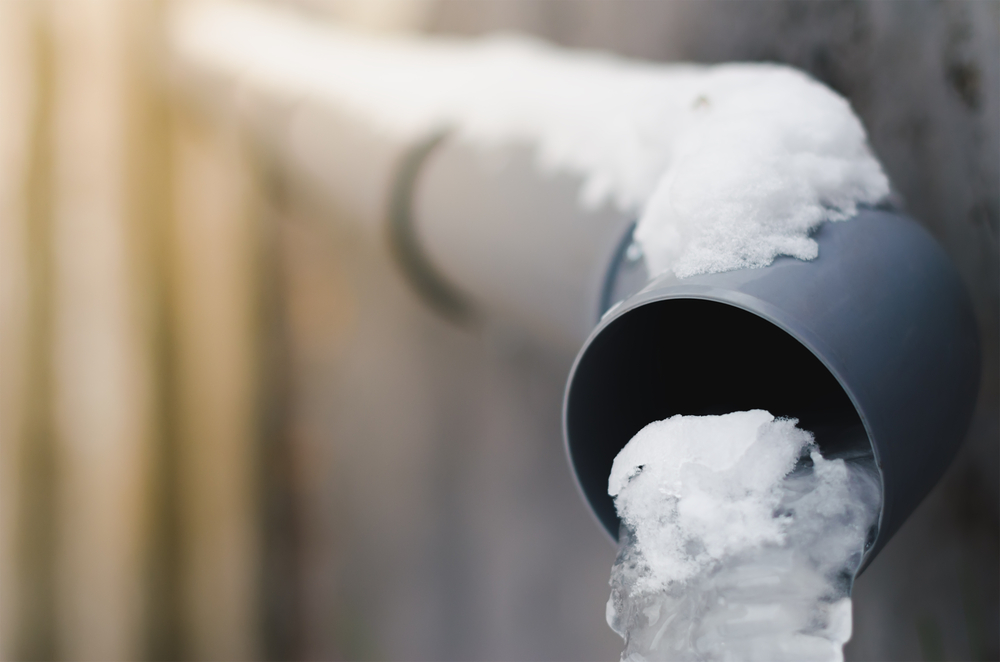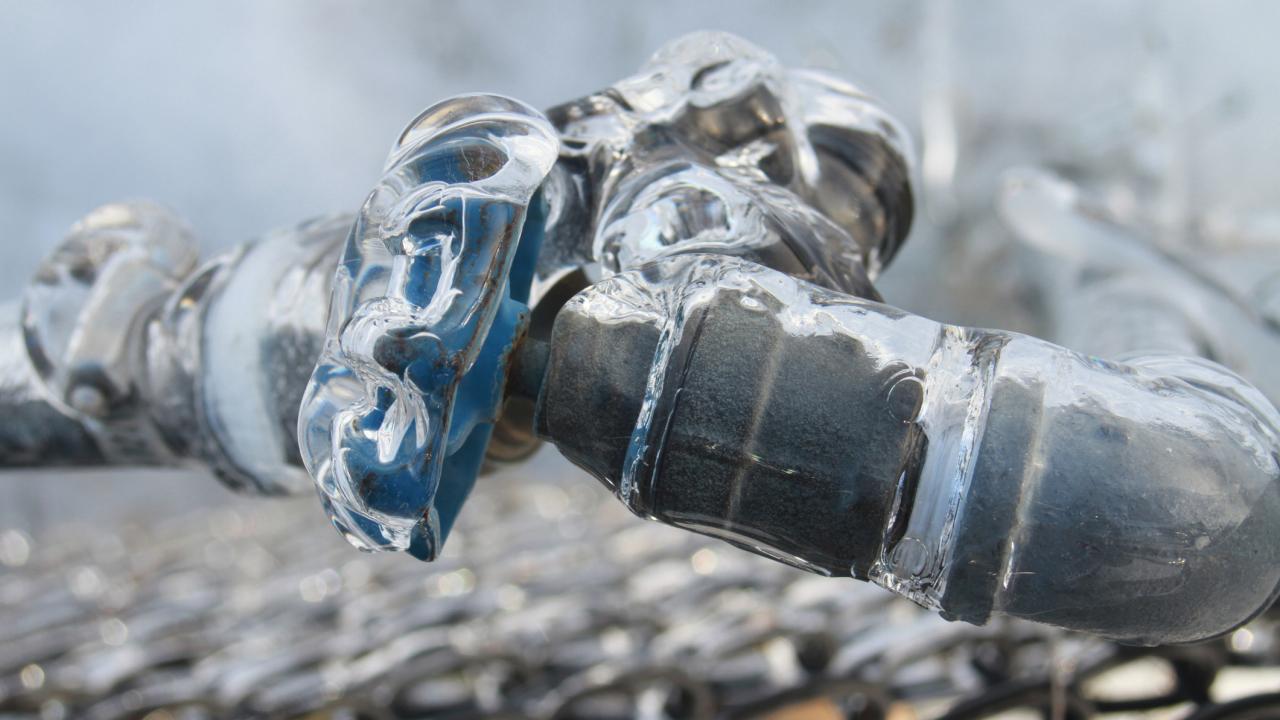Were you interested in info concerning Helpful Tips to Prevent Frozen Pipes this Winter?

Winter can damage your pipes, especially by freezing pipes. Here's how to prevent it from taking place and what to do if it does.
Intro
As temperature levels drop, the risk of icy pipelines increases, potentially leading to pricey repair services and water damage. Recognizing exactly how to prevent icy pipes is crucial for home owners in chilly environments.
Comprehending Icy Pipes
What triggers pipes to ice up?
Pipelines ice up when subjected to temperatures below 32 ° F (0 ° C) for expanded periods. As water inside the pipelines ices up, it expands, putting pressure on the pipe walls and potentially causing them to break.
Threats and problems
Icy pipelines can cause water system interruptions, residential property damages, and expensive repairs. Ruptured pipes can flooding homes and trigger extensive architectural damage.
Indicators of Frozen Pipeline
Identifying frozen pipelines early can prevent them from breaking.
How to identify frozen pipelines
Seek lowered water circulation from taps, unusual odors or sounds from pipes, and noticeable frost on subjected pipes.
Prevention Tips
Insulating vulnerable pipelines
Wrap pipes in insulation sleeves or use warmth tape to secure them from freezing temperatures. Focus on pipelines in unheated or outside locations of the home.
Home heating techniques
Maintain interior spaces adequately warmed, particularly areas with pipes. Open cupboard doors to allow cozy air to circulate around pipelines under sinks.
Protecting Outside Plumbing
Garden hoses and outside faucets
Detach and drain garden hoses prior to wintertime. Mount frost-proof faucets or cover exterior faucets with protected caps.
What to Do If Your Pipes Freeze
Immediate activities to take
If you believe frozen pipes, maintain taps available to soothe stress as the ice thaws. Make use of a hairdryer or towels taken in warm water to thaw pipelines gradually.
Long-Term Solutions
Architectural modifications
Think about rerouting pipes away from exterior wall surfaces or unheated locations. Add extra insulation to attic rooms, basements, and crawl spaces.
Upgrading insulation
Buy top quality insulation for pipelines, attic rooms, and walls. Proper insulation aids maintain consistent temperatures and minimizes the threat of icy pipes.
Conclusion
Stopping icy pipelines needs aggressive actions and fast feedbacks. By understanding the reasons, signs, and preventive measures, property owners can safeguard their plumbing throughout cold weather.
5 Ways to Prevent Frozen Pipes
Drain Outdoor Faucets and Disconnect Hoses
First, close the shut-off valve that controls the flow of water in the pipe to your outdoor faucet. Then, head outside to disconnect and drain your hose and open the outdoor faucet to allow the water to completely drain out of the line. Turn off the faucet when done. Finally, head back to the shut-off valve and drain the remaining water inside the pipe into a bucket or container. Additionally, if you have a home irrigation system, you should consider hiring an expert to clear the system of water each year.
Insulate Pipes
One of the best and most cost-effective methods for preventing frozen water pipes is to wrap your pipes with insulation. This is especially important for areas in your home that aren’t exposed to heat, such as an attic. We suggest using foam sleeves, which can typically be found at your local hardware store.
Keep Heat Running at 65
Your pipes are located inside your walls, and the temperature there is much colder than the rest of the house. To prevent your pipes from freezing, The Insurance Information Institute suggests that you keep your home heated to at least 65 degrees, even when traveling. You may want to invest in smart devices that can keep an eye on the temperature in your home while you’re away.
Leave Water Dripping
Moving water — even a small trickle — can prevent ice from forming inside your pipes. When freezing temps are imminent, start a drip of water from all faucets that serve exposed pipes. Leaving a few faucets running will also help relieve pressure inside the pipes and help prevent a rupture if the water inside freezes.
Open Cupboard Doors
Warm your kitchen and bathroom pipes by opening cupboards and vanities. You should also leave your interior doors ajar to help warm air circulate evenly throughout your home.

As a devoted person who reads about How To Avoid Freezing Pipes, I imagined sharing that section was important. Liked our piece of writing? Please share it. Let somebody else find it. We recognize the value of your readership.
Call Us Today